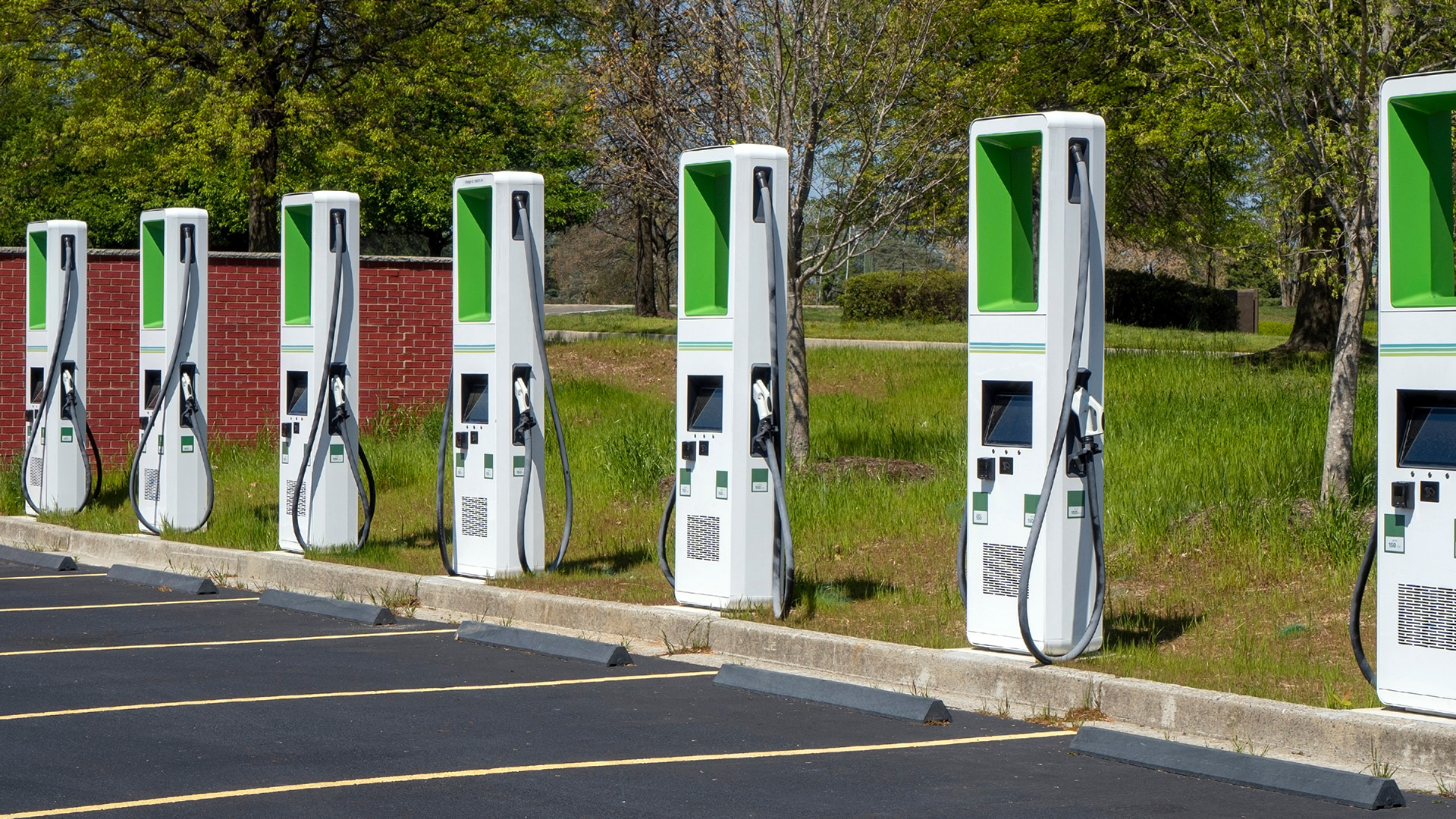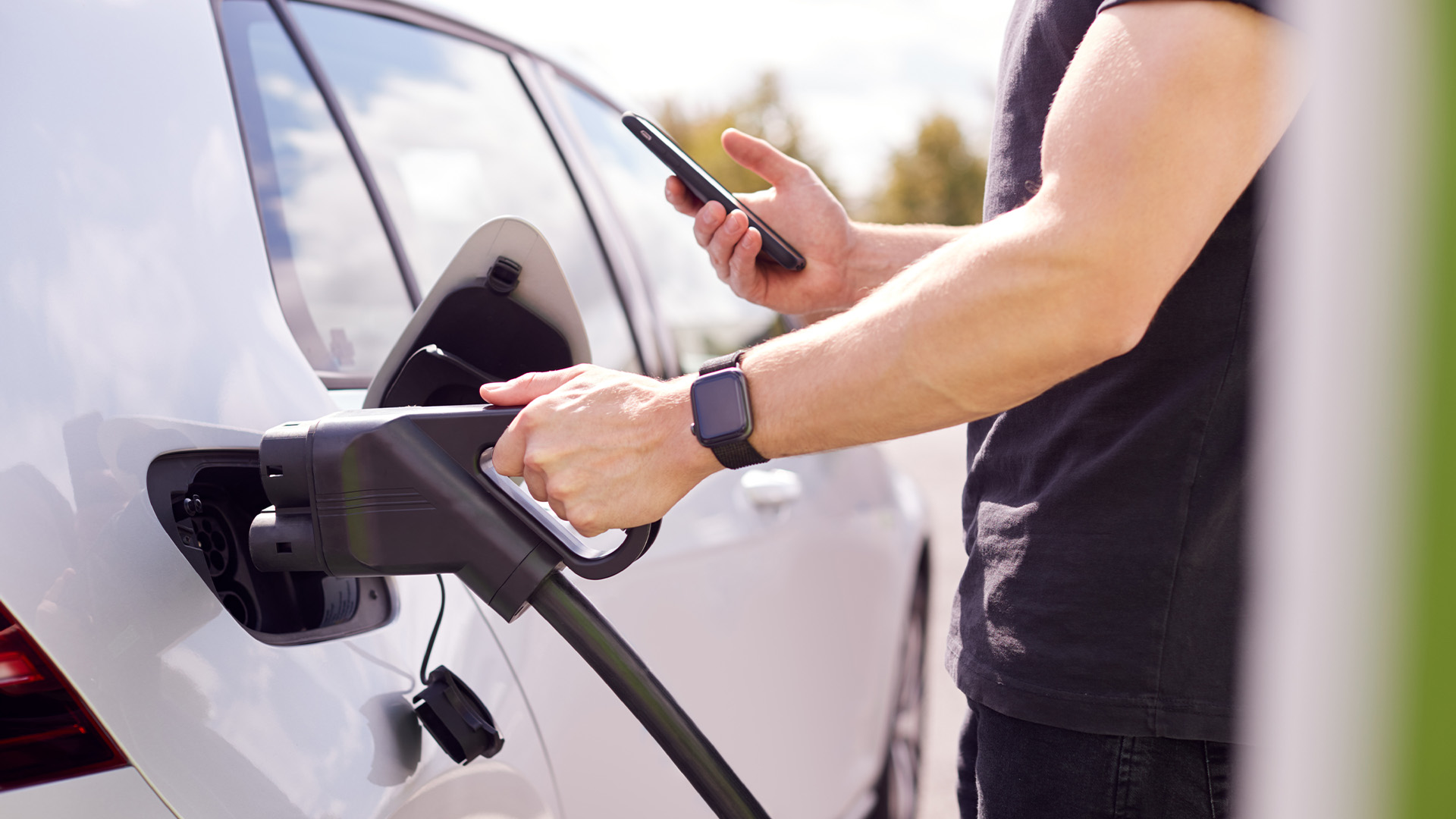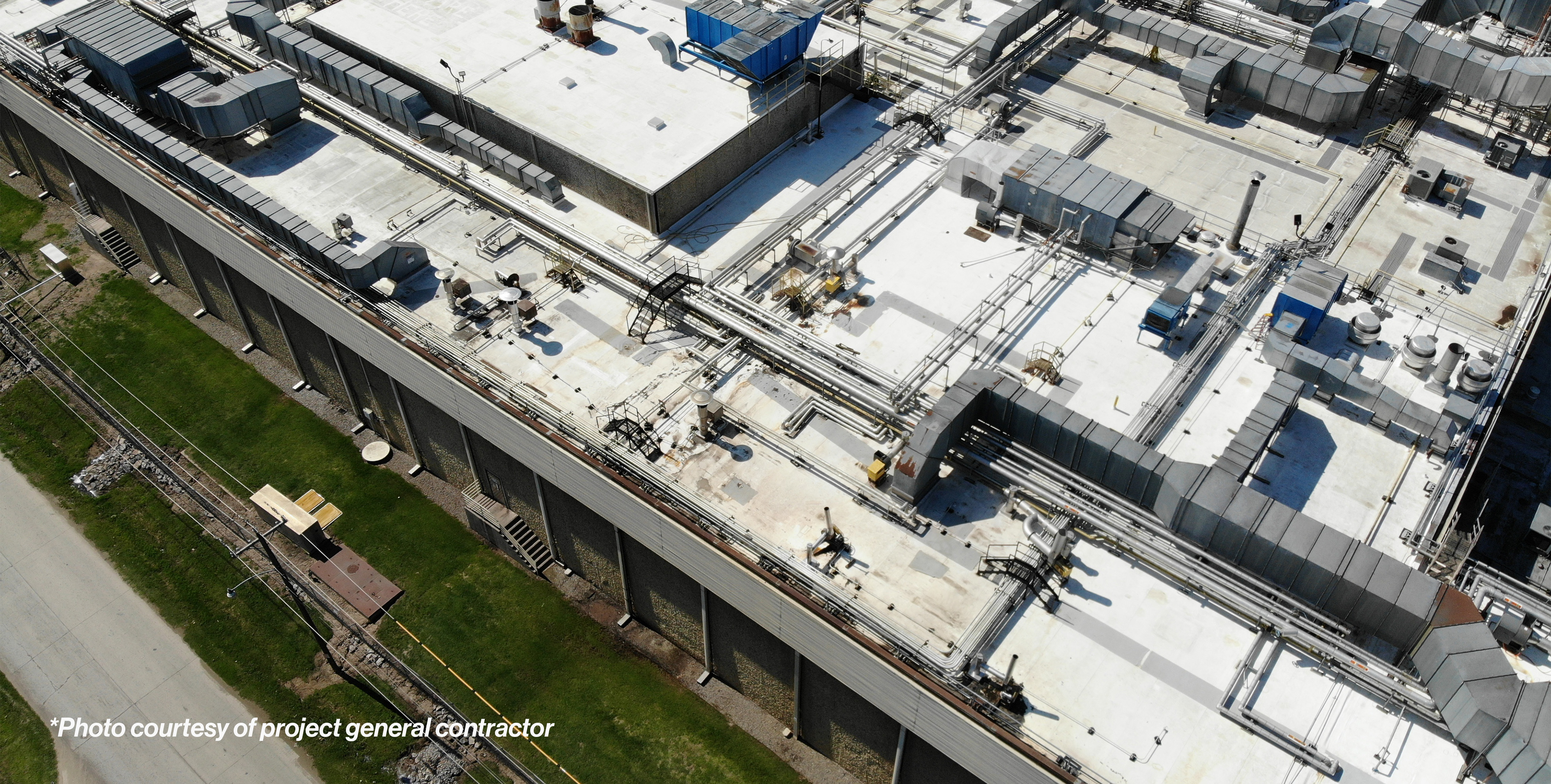A version of this article was first published on the Convenience Store News blog.
Integrating EV charging is a growing priority for today’s convenience retailers—especially regional-or-larger chains with existing fueling operations. Many have already met with multiple EV charging vendors and are now working to evaluate their competing claims, technologies and business models.
Before C-store chains make big EV charging investments and/or sign large-scale vendor contracts, they could consider teaming with an engineering firm on an EV charging pilot program. These limited, fee-based engagements can involve everything from installing a small number of chargers at one or more sites, to running detailed computer simulations populated with site, performance, cost and other data.
Properly undertaken, EV charging pilot programs cut through the hype and give companies a better sense of what scaling up might look like. You could liken them to commissioning a fact-finding mission by an objective source.
Here are three key questions to explore when running an EV charging pilot program.

What happens if the equipment breaks?
Imagine driving to a C-store specifically to charge your battery, but then finding that, contrary to the nifty map on your smartphone, the charger is “out of order.”
It’s a serious threat to hard-won customer loyalty—even if charger maintenance isn’t the C-store’s responsibility. And yet across the country, as noted by J.D. Power, more EV drivers report frustrating experiences with out-of-commission chargers. Chalk it up to underinvestment in maintenance, and/or the failure to employ data systems that provide immediate alerts when the equipment breaks.
In your pilot program, push for answers on:
- the reliability of the specific equipment to be used, whether owned by a vendor or purchased by you outright
- the reputation and track record of any vendor and/or subcontractors that will be handling equipment repair and maintenance at your locations
- expected costs for equipment replacement and repair, along with cost trends and vendor/contractor repair timetables and deadlines
- the capacity of the system to monitor performance and provide alerts
On the latter point, the size, market share and experience of the charging provider can make a difference. Tesla, for example, enjoys a strong reputation for efficient monitoring and prompt repair. Other providers might have no way of knowing that a charger is down without making a site visit or receiving a complaint.

Does the IT and payment system match your needs?
Marketing priorities and data needs can vary dramatically among convenience retailers. A national C-store chain with an app-based loyalty program could be laser-focused on all things digital, while a company with just five or six sites might be content with a more conventional approach. C-store operators need to make sure they find a charging platform that works well for them.
Does the system offer good mobile apps for both Apple and Android? What about robust, accurate reports and data visualizations on charger performance and use? Does the technology “talk” to other platforms, creating the possibility for more detailed reports on customer behavior, or is it forever siloed?
If finding synergies between EV charging and the rest of your business is a priority for you, use your pilot program to explore your options. One restaurant chain sent manufacturers and operators a detailed RFP focused precisely on these IT and payment system questions. Engineers can help you research your options.
How long will it take?
The world of energy and decarbonization is buzzing with alarm over worsening lead times for the acquisition of critical electrical equipment. By some accounts, getting new utility distribution transformers or certain switchgear components—such as switchboards—can take a year or longer.
Familiar supply-chain snarls are part of the issue, as is lack of federal government clarity on forthcoming regulations designed to make electrical equipment more efficient. Some manufacturers are waiting for clarity before they invest in new production capacity.

Major delays could slow your pilot program and extend the timetable for any subsequent, larger EV charging rollout. Talk to your engineering firm about ways to gather as much information as you can despite such constraints. One approach is to keep the pilot program small, thereby reducing the chance that the utility will need to order new equipment that could take a year or longer to arrive. For example, you could install just one or two Level III fast chargers (“For Smart EV Charging Rollouts, Geek Out on the Tech,” CS News, Jan. 2023) and give them some extra oomph with on-site battery storage.
Additional dimensions
As noted in our last piece in this series, (“Wild Cards in the EV Fast-Charging Business Model,” CS News, April 2023), the policies, fees and incentives of utilities and government agencies are critical to the equation. Good pilot programs will consider these variable, site-specific costs and constraints in detail, along with factors such as planning review and the availability (and possible expiration dates) of local, state and federal incentives.
EV charging is in high gear, but it doesn’t have to be a blur. By asking the right questions, an objectively administered pilot program can provide a clear picture of the path ahead.
Scott West has partnered with multiple retailers on electric vehicle charging projects in his role as a senior mechanical engineer and commissioning and energy lead at HFA in Fort Worth, Texas. He can be reached at scott.west@hfa-ae.com.


.png)
.jpg)



.png)
.jpg)




